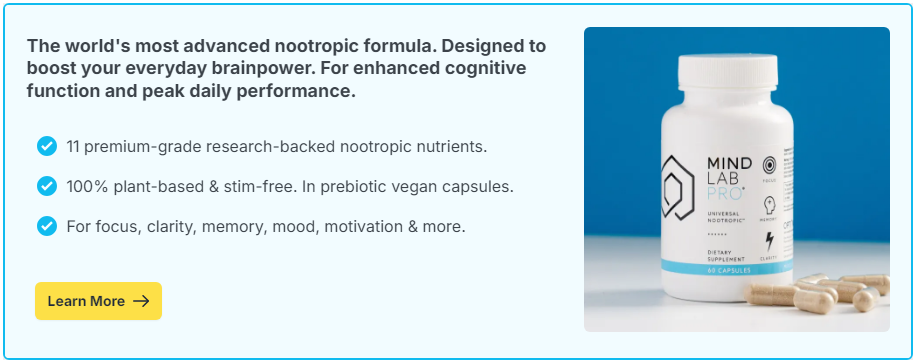
For most of my academic and professional life, I equated learning more with studying more. If I wanted to master a skill or retain information for a project, I’d add more hours to my study schedule. The problem was, those extra hours didn’t always lead to better results. Sometimes, I’d even find myself forgetting things faster despite putting in more time.
That’s when I realized the problem wasn’t how much I studied – it was how I studied. By making small but powerful changes to my approach, I’ve learned to absorb and recall information faster without increasing the total hours I spend on it. Here’s the process I use now, built from personal experimentation and backed by cognitive science.
Contents
Why More Time Doesn’t Always Mean More Learning
Learning is not a simple equation of “hours in = knowledge out.” In fact, research in cognitive psychology shows that the brain learns most efficiently when information is spaced out, actively retrieved, and linked to existing knowledge. Cramming or marathon study sessions can lead to short-term gains but poor long-term retention.
When I was spending extra time rereading notes or highlighting passages, I was engaging in passive review. It felt productive, but I wasn’t giving my brain the active challenge it needed to truly lock in the information.
The Learning-Without-Extra-Hours Framework
Over the past year, I’ve built a learning process that makes better use of the same amount of time I used to spend. It has four key parts: active recall, spaced repetition, multimodal engagement, and brain optimization.
1. Active Recall
Instead of reviewing material passively, I test myself frequently. For example, after reading a chapter, I close the book and write down everything I remember – without looking. This forces my brain to retrieve the information, strengthening memory pathways. It’s mentally harder than rereading, but the results are far better.
2. Spaced Repetition
Instead of cramming, I spread reviews over several days or weeks. I use an app like Anki or a paper-based system to revisit material at gradually increasing intervals. This taps into the “spacing effect,” one of the most well-documented phenomena in learning science.
3. Multimodal Engagement
I try to interact with the material in more than one way – reading about a topic, listening to a podcast on it, explaining it to someone else, and applying it in practice. Each mode creates different neural connections, making recall more reliable.
4. Brain Optimization
Even the best study methods won’t work if my brain is under-fueled or exhausted. I prioritize sleep, hydration, and nutrient-rich meals to keep my mind sharp. I also take Mind Lab Pro each morning – it includes citicoline for mental energy, bacopa monnieri for memory support, and lion’s mane mushroom for neuroplasticity. I notice I can focus longer and recall information more easily when my brain is in its optimal state.
How I Fit This Into the Same Study Time
One of my biggest breakthroughs was realizing I could replace low-value activities (like re-highlighting material) with high-value ones (like active recall and spaced repetition). I didn’t add more hours; I simply used my existing study time more effectively.
For example, if I had an hour to learn something new, I’d spend:
- 20 minutes reading or watching instructional material.
- 20 minutes practicing active recall and self-testing.
- 10 minutes reviewing older material via spaced repetition.
- 10 minutes applying the concept or explaining it aloud.
This structure keeps my brain engaged and reduces the mental fatigue that comes from long stretches of passive study.
Why This Works
Each of these techniques taps into how the brain naturally stores and retrieves information. Active recall strengthens neural pathways by forcing retrieval. Spaced repetition ensures the memory stays fresh over time. Multimodal engagement creates more “hooks” for recall. Brain optimization ensures the hardware – the brain itself – is running at full capacity.
Real-Life Results
Using this method, I prepared for a complex work certification exam in half the total hours I’d originally budgeted – and scored higher than I expected. I’ve also used it to pick up new skills like conversational Spanish, remembering vocabulary more easily than in past attempts. The surprising part? Learning feels less stressful now, because I know I don’t have to grind for hours to see progress.
Tips for Trying This Yourself
- Swap passive review for active recall in at least half your study time.
- Schedule spaced repetition sessions for older material.
- Use multiple forms of engagement – reading, speaking, listening, and doing.
- Support your brain with good sleep, nutrition, and hydration.
- Stay consistent – these techniques compound over time.
Learning faster without studying longer isn’t about cutting corners – it’s about aligning your study habits with how your brain actually works. Once you make that shift, you’ll be amazed at how much more you can absorb in the same amount of time. The bonus? You’ll have more energy left over for the rest of your life outside of learning.

